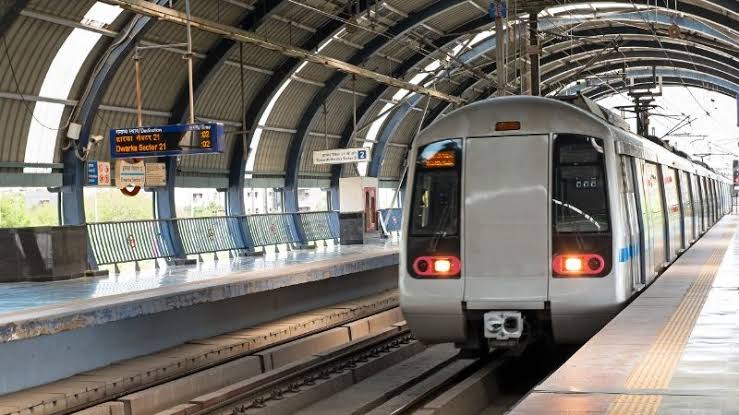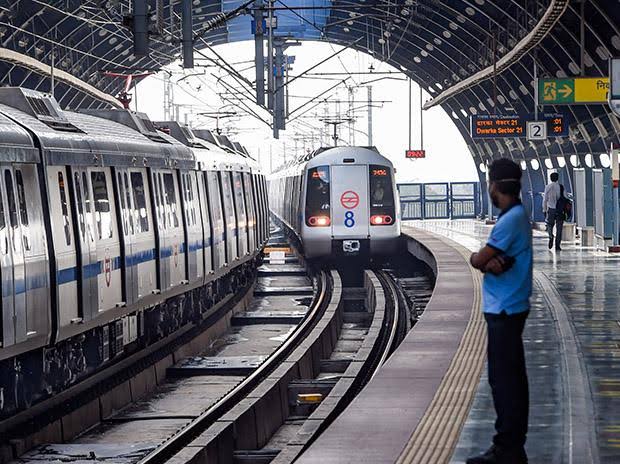Officials announced on Sunday, June 23, that the New Delhi Metro station will become a triple interchange facility with the extension of the Green Line from Inderlok to Indraprastha. This development is expected to significantly enhance connectivity throughout the city. Commuters from Bahadurgarh and various parts of west Delhi, such as Nangloi, Rajdhani Park, and Udyog Nagar, will be able to travel directly to the New Delhi railway station, which is adjacent to the New Delhi Metro station, according to the statement.
The 12.37 km Inderlok–Indraprastha corridor will extend the existing Brigadier Hoshiar Singh–Inderlok Green Line corridor (28.78 km), officials said.
The New Delhi station will be an interchange facility for three lines: Yellow, Orange (Airport Line), and now the Green Line, authorities confirmed. This enhancement will make access to the New Delhi station more convenient and reduce congestion, as more people are expected to prefer the metro over road travel.

Similar to the existing New Delhi station, the Green Line expansion will also be underground. Currently, Kashmere Gate is the only triple interchange station in the Delhi Metro network, connecting the Yellow, Red, and Violet lines. After Phase 4, three more stations—Lajpat Nagar, Azadpur, and New Delhi—will also serve as triple interchange facilities, officials said.
Also read: Delhi Metro Renames Silver Line as Golden Line Metro: Latest Update on Completion Status & Stations
As part of the Delhi Metro’s Phase 4 expansion, approximately 86 kilometers of new lines are being constructed. Work on three lines—Janakpuri West–RK Ashram Marg (Violet), Majlis Park–Maujpur (Pink), and Aerocity–Tughlakabad (Golden)—is underway, with over 50 percent of civil work completed.
Additionally, two more corridors—Inderlok–Indraprastha and Saket G Block–Lajpat Nagar—received approval earlier this year. The Delhi Metro Rail Corporation (DMRC) is currently processing statutory clearances, including land acquisition from DDA, CPWD, and PWD, as well as forest clearance requirements. Further planning and tendering for civil works are in progress before moving on to specialized contracts for track laying, electrical systems, signaling, and other technical components, officials added.


